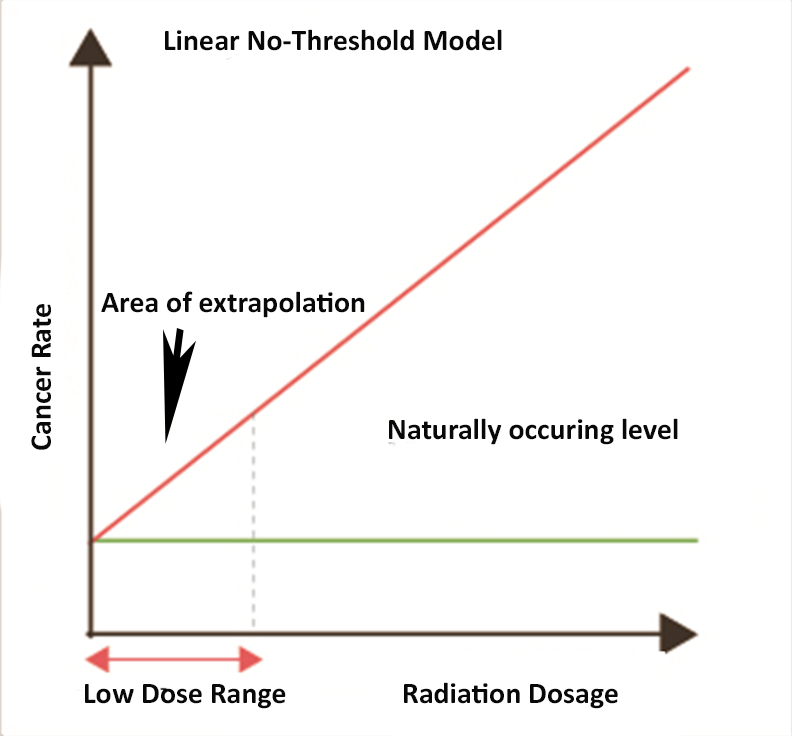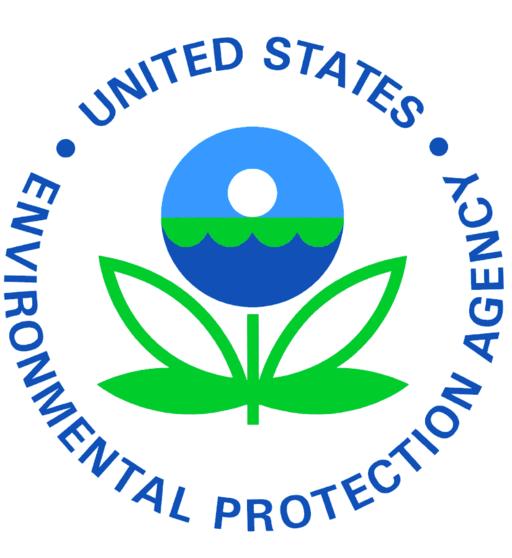In the spring, the EPA proposed a new regulation to strengthen the transparency of science that applies to regulations for what the EPA terms “pivotal regulatory science” – regulations that incur costs to the public. More specifically, they want to increase disclosure of the assumptions of
“… the data and models used to characterize the quantitative relationship between the amount of dose or exposure to a pollutant, contaminant, or substance and the magnitude of a predicted health or environmental impact. Such functions typically underlie pivotal regulatory science that drives the size of benefit-cost calculations, the level of a standard, and/or the points of departure from which reference values (reference doses or reference concentrations) are calculated.” [1]
What could be possibly wrong with strengthening the transparency of data and the assumptions that underlie the models we create?
Privacy Issues
The initial objection to the proposal was that some research data is protected as personal health information (PHI) under our HIPAA regulations and cannot be released to the general public. This is especially true when the data used comes from multiple sources and what was previously de-identified data becomes, through cross-referencing, identified. (You can read how this occurs in a previous article). Under the proposal, these studies could not be used in regulatory considerations because the data was not available for public inspection.
Studies of health effects frequently involve PHI and scientists were concerned that many of the studies that pertain to the impact of foods, chemicals and the environment on health, critical data for determining the need for regulation would no longer be considered. But sharing of HIPAA protected information has many precedents in both business and the federal government. Business shares data by signing Business Associate Contracts obligating both parties to follow all HIPAA privacy regulations and subjecting them to the same fines; knowingly violating the rules can result in $100,000 in fines and up to 5 years in prison. In 2017, only 5% of all healthcare data breaches were due to business associates.
As to precedence at the federal level, FactCheck.org discusses a previous case where a trusted 3rd party was granted access to confidential PHI to affirm a study’s findings on the effect of air pollution on health. So while acknowledging a valid concern, it seems that mechanisms are in place so that any research, deemed pertinent by the scientific community could still be considered in EPA’s “pivotal regulatory science” - the data accessed directly or affirmed through a trusted 3rd party.
The Assumptions of Dose and Response
 An article by the Associated Press in the HuffingtonPost inflames and coarsens the debate over a second concern raised in more measured terms by thoughtful scientists. It is often difficult to measure the harmful effects of a substance, like air pollution or radiation, when the dose and subsequent effects are very small. You need a lot of patients studied over a long time frame to get statistically valid observations. Scientists frequently extrapolate data from higher doses into these regions using a linear no-threshold model (LNT).
An article by the Associated Press in the HuffingtonPost inflames and coarsens the debate over a second concern raised in more measured terms by thoughtful scientists. It is often difficult to measure the harmful effects of a substance, like air pollution or radiation, when the dose and subsequent effects are very small. You need a lot of patients studied over a long time frame to get statistically valid observations. Scientists frequently extrapolate data from higher doses into these regions using a linear no-threshold model (LNT).
The LNT model and I will remind you that all models are approximations, some better than others, was developed to evaluate the risk of exposure to radiation. Concerns about the effects of radiation on the development of cancer heightened after Hiroshima and Nagasaki, and the LNT model was adopted to define “acceptable” levels. This model “through an abundance of caution” embodies the assumption that no level is acceptable; that may hold for radiation, but it does not necessarily hold for all substances or contexts. Salt intake is a great example where too little can be as harmful as too much.
The EPA is proposing that in making these regulatory decisions that consideration be given to other models, “including linear, threshold, and U-shaped, J-shaped, and bell-shaped models,” which make different, not necessarily better or worse assumptions. The EPA is not abandoning the LNT model it is merely considering others. In the words of EPA spokesman John Konkus: “[the] EPA’s policy is to continue to use the linear-no-threshold model for population-level radiation protection purposes which would not, under the proposed regulation that has not been finalized, trigger any change in that policy.”
The HuffingtonPost uses ad hominem attacks on supporters of the change as well as the current political tensions to make us fearful that politically and financially motivated evildoers are stripping away regulations safeguarding our lives for more profits. We should be more humble in the face of our ignorance; the LNT model does not fit every case, we should be open to other models. And if at the end of the day we believe that there is no risk worth taking, then we should say that and not cloak that assumption in science. It is not how transparency works. You need to make your assumptions clear, and there is nothing I could find in the proposal that requires us to make any assumptions the default.
[1] EPA proposal Strengthening Transparency in Regulatory Science




